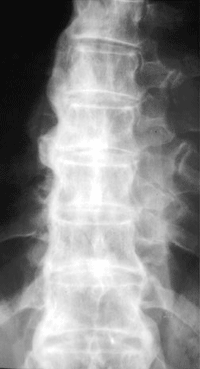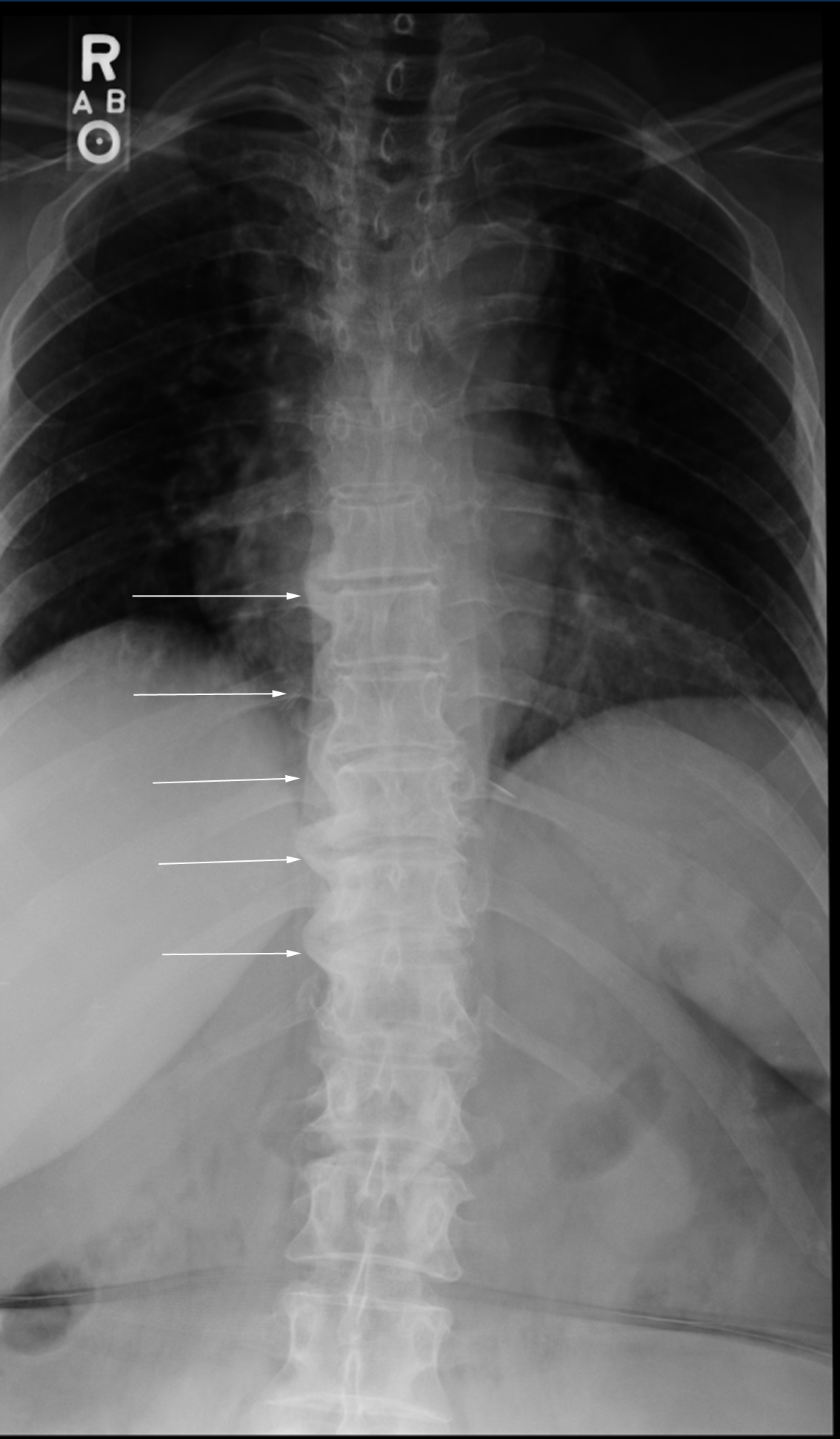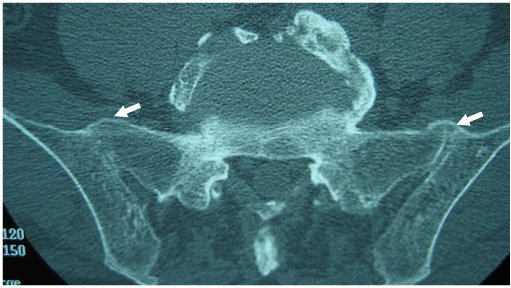

Liu, Guoqing Inglis, Julie Cardy, Amanda Shaw, Duncan Sahota, Sukhy Hennekam, Raoul Sharp, Linda Miedzybrodzka, Zosiaīackground: Genetic factors make an important contribution to the aetiology of congenital talipes equinovarus ( CTEV), the most common developmental disorder of the lower limb.

Variation in WNT7A is unlikely to be a cause of familial Congenital Talipes Equinovarus A higher width to length ratio is associated with a smaller bimalleolar angle and indicates a more severe talipes equinovarus deformity. Compared with a normal foot, a clubfoot tends to be wider and shorter. Statistically significant differences were shown between the two groups (Pshape can provide valuable information for prenatal diagnosis of clubfoot. We also assessed the correlation between the width to length ratio and bimalleolar angle in the talipes equinovarus cases with the Pearson correlation coefficient. Independent samples t tests were performed to compare the foot width, length, and width to length ratio between normal and talipes equinovarus groups. All of the fetuses were followed to obtain the pregnancy outcomes and confirm whether the deformity existed then the bimalleolar angle of each foot with talipes equinovarus was measured. We measured the width and length of 249 feet (156 fetuses) included in this study and then calculated the width to length ratio. A case-control study was conducted between September 2009 and February 2011. The purpose of this study was to evaluate the value of the fetal plantar shape in prenatal diagnosis of talipes equinovarus. Liao, Huifang Cai, Ailu Wang, Bing Wang, Xiaoguang Yan, Zhen Li, Jingyu Value of the fetal plantar shape in prenatal diagnosis of talipes equinovarus. Scholars of the ancient Maya have identified artwork that appears to depict talipes equinovarus, although there was no osteological evidence for the condition among the Maya prior to the diagnosis of this case. This paper describes the nature of the bony changes, reconstructs the morphology of the feet, and offers a differential diagnosis. Key conditions considered in the differential diagnosis are those producing an equinovarus or a calcaneocavovarus deformation, especially progressive neuromuscular disorders. Articulated, both feet show marked equinovarus deformity, with weight carried on the lateral margin and superior surface of the feet. The metatarsals and phalanges present minor changes to the articulations, and slender shafts. The cuboid and cuneiforms show marked contraction of the inferior surfaces, and angulation. The tali are reduced in size, flattened, and hyperextended, with the tibia partially articulated on the calcaneus, posterior to the talus. Bones attributable to the skeleton include paired bowed fibulae, fragmentary calcanei, complete tali, naviculars, cuneiforms, metatarsals, and some phalanges. All rights reserved.Bilateral talipes equinovarus from Tikal, Guatemala.Īn incomplete skeleton recovered from a multiple, secondary burial at Tikal, Guatemala, shows malformed foot bones consistent with a diagnosis of bilateral idiopathic talipes equinovarus. There is no evidence that treatment with octreotide or other medications improves the prognosis of DIPNECH patients.ĭIPNECH Idiopathic Lung Neuroendocrine cell hyperplasia.Ĭopyright © 2015 Elsevier Inc. Patients have usually a stable disease and only 26% experience clinical and/or radiographic deterioration. To our knowledge, only 1 patient has been diagnosed with a carcinoid tumor subsequent to a DIPNECH diagnosis and the syndrome is not associated with an increased incidence of high-grade neuroendocrine neoplasms.

At diagnosis, 53% of DIPNECH patients present with a synchronous carcinoid tumor and 24% have obliterative bronchiolitis. We recently proposed the use of the following criteria for the pathologic diagnosis of the syndrome on lung resection specimens: the presence of multifocal neuroendocrine cell hyperplasia, as defined by the presence of 5 or more PNE cells in at least 3 separate small airways combined with 3 or more carcinoid tumorlets.

#Diptic diffuse idiopathic series
Since its first recognition as a distinct syndrome in 1992, variable clinico-pathologic features have been used to diagnose DIPNECH in small case series and case reports. Diffuse idiopathic pulmonary neuroendocrine cell hyperplasia (DIPNECH) is a pre-invasive generalized proliferation of pulmonary neuroendocrine (PNE) cells, which has been described in combination with carcinoid tumorlets, obliterative bronchiolitis, and other fibrotic lung changes.


 0 kommentar(er)
0 kommentar(er)
